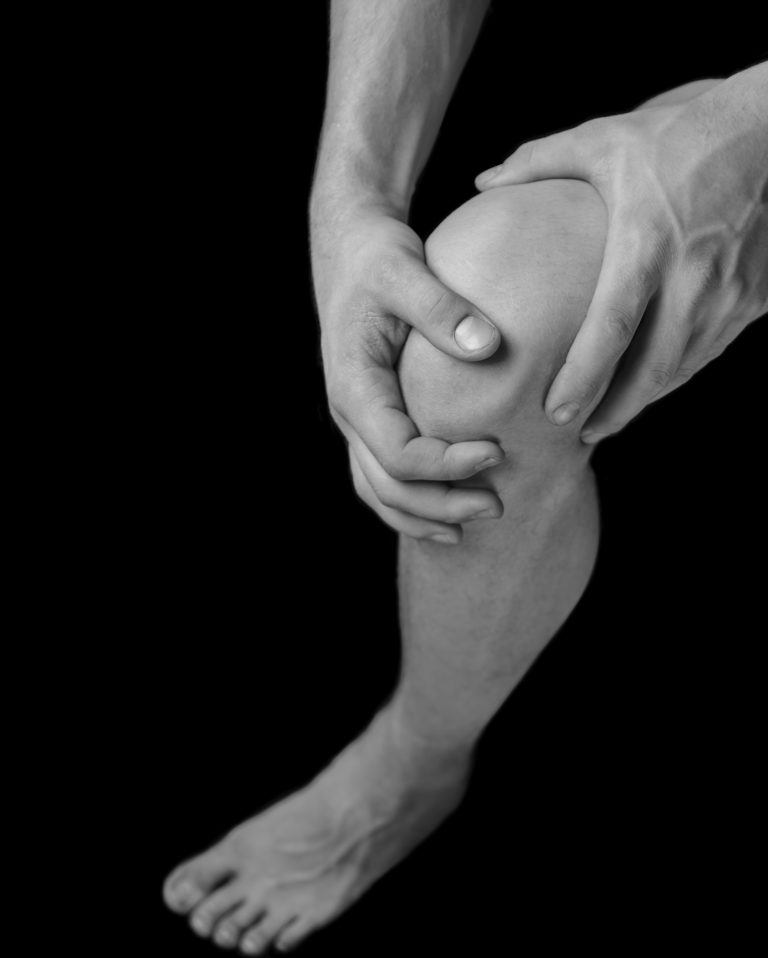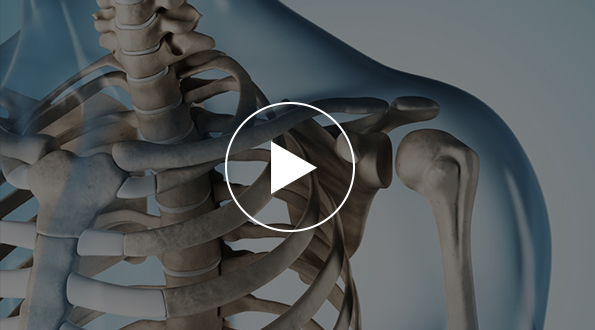KNEE

Here are just a few of the common Hand Conditions that Dr. Lawrence Li treats:
Anatomy
The knee is a hinge joint that connects the thigh bone (femur) to the lower leg bones (tibia and fibula) and the kneecap (patella). Like other joints in the body, the knee is made up of tendons and ligaments, as well as cartilage structures like menisci and bursae. The tendons and ligaments provide strength and stability and allow the knee to evenly carry the weight of the body, while the cartilage structures allow for smooth, fluid movements.
Mechanism Of Injury
The knee may become injured as a result trauma, overuse or degeneration that occurs naturally over time. Injuries can affect any structures within the knee, resulting in a bruise, sprain, strain or fracture. After a knee injury, patients may experience knee pain that varies in frequency and severity, as well as difficulty walking or standing, stiffness and loss of motion.
While knee injuries can affect patients of all ages and activity levels, they are most common in those who participate in high-risk sports, are obese, are older and who lack muscle strength and flexibility.

